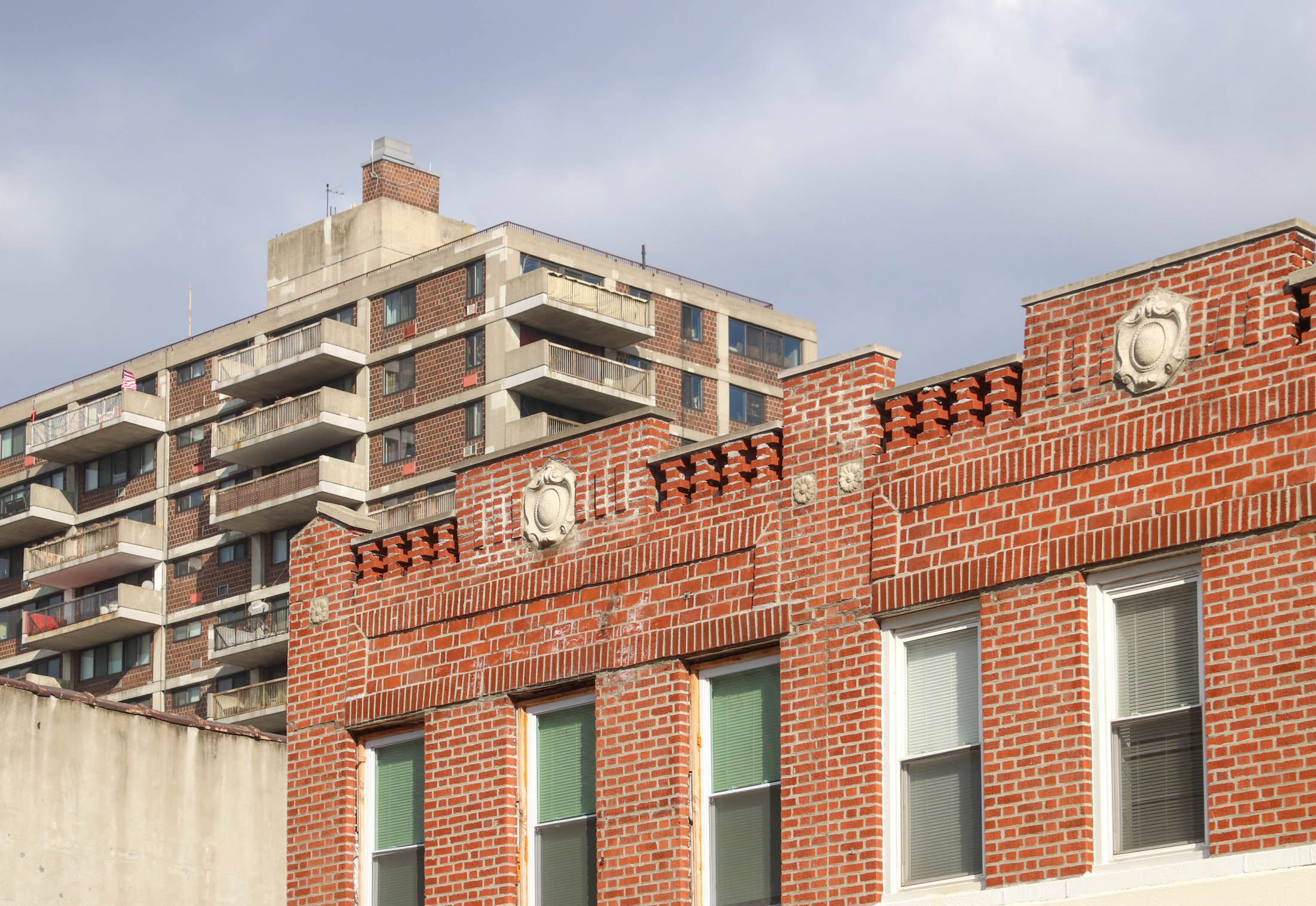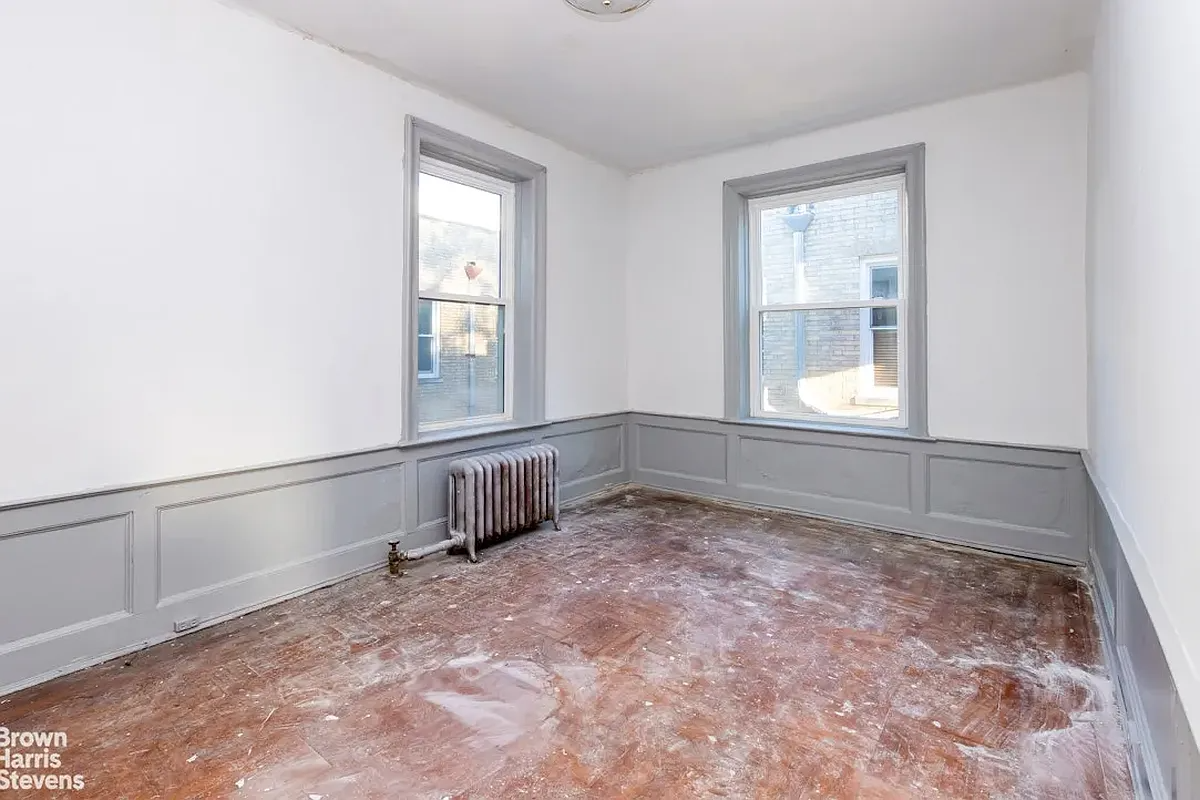Little Boxes, Big Slums
So what happens when McMansions all over the country are downgraded in status and price to the dollar menu? According to an article in The Atlantic, it means we’re witnessing a huge shift in where Americans are choosing to live. The piece, by Brookings Institution fellow/Arcadia Land Company honcho Christopher B. Leinberger, racks up fact…


So what happens when McMansions all over the country are downgraded in status and price to the dollar menu? According to an article in The Atlantic, it means we’re witnessing a huge shift in where Americans are choosing to live. The piece, by Brookings Institution fellow/Arcadia Land Company honcho Christopher B. Leinberger, racks up fact after fact to support the theory that the suburbanization of the U.S. has run its course:
For 60 years, Americans have pushed steadily into the suburbs, transforming the landscape and (until recently) leaving cities behind. But today the pendulum is swinging back toward urban living, and there are many reasons to believe this swing will continue. As it does, many low-density suburbs and McMansion subdivisions, including some that are lovely and affluent today, may become what inner cities became in the 1960s and ’70s—slums characterized by poverty, crime, and decay.
Leinberger argues that as cities have increased in cachet over the past decade or so, builders have gone gangbusters on the suburbs, leading to overdevelopment in non-urban areas and huge price premiums in our cities. One demographer he cites forecasts a “likely surplus of 22 million large-lot homes forecasts a likely surplus of 22 million large-lot homes (houses built on a sixth of an acre or more) by 2025—that’s roughly 40 percent of the large-lot homes in existence today.” There are plenty of good reasons to believe cities—and manufactured, urban-esque “lifestyle centers” outside of cities that include walkable streets and retail clusters—will only continue to grow in popularity. For example, Leinberger notes that by 2025 there will be an equal number of single-person households as families with children. The whole article is well worth a read, though it oddly doesn’t address the possible racial ramifications of a suburbia-as-slum/cities-of-gold cultural shift. Still and all, it’s a sobering look at how the McMansion developments of today may be the poverty-stricken badlands of tomorrow.
The Next Slum? [The Atlantic]
Photo by bob.





The near-in suburbs (like mine, which is one mile from the train station and 30 minutes from Grand Central) will do just fine. It appeals to those who cannot afford to or choose not to raise their kids in the city (Brownstone Brooklyn is certinaly unaffordable for most), and those who realize that driving 100 miles a day @ $4.00 a gallon while they are paying $4.00 a gallon to heat their 4,000+-square-foot behemouth McMansion is foolish.
I doubt the NYC suburbs (North Jersey, Westchester County, and that southern part of CT) are included in this.
They’re generally well-laid out and planned towns that are 100-300 years old, good access to public transportation, with some of the best public schools in the nation. and those schools are free.
Plus, the architecture is about as old and beautiful as Park Slope in the better towns, or as ugly as Williamsburg in the other ones.
As in, I doubt Upper Montclair or Rutherford will be next year’s slum any time soon. Now that crime’s starting to really become an issue in Brooklyn again, maybe the suburbs of NYC are going to have growth potential? People are seriously getting their heads bashed.
(no, I’m not a broker, property owner, or anyone else with interest in the suburbs. I currently live in Broklyn).
the same person keeps ruining threads by saying she thinks its gross to have a rental unit and finds it declasse to live with others.
i wonder if she’s telling her 15 cats the same thing.
as a staff unit yes, not to support a main family with a rental unit. please.
11.30 – splitting hairs.
(other people’s hairs at that ….guerghhh)
11:17 – as you know (or should), many brownstones/townhouses were designed as 2 units, either to explicitly support a main family with a rental unit, or as a staff unit. I wouldn’t call these “boarders” or “boarding houses.” The houses are perfectly suited to a tenant who can help pay the mortgage, not something the owner is doing out of desperation. In any event, the boarding house conversions were not people seeking help for the mortgage but houses that were no longer desirable as single/two-family at all, and got sold to landlords who parceled them out room by room.
“Then again, the US seems to have an unending appetite for energy consumption, no matter what its price.”
I think it’s more of a tipping point that we are starting to come close to.
Americans simply will not be able to afford $5 gas. $6 gas. We are teetering on the brink of something significant needing to take place in the way we live our lives.
I’m actually thinking that the housing bust could be a major chance for the United States to FINALLY make some sort of societal evolution that might bring us into a society less obsessed with posessions and credit.
It could happen.
I envy places like Demark and Finland and Germany in some respects and Sweden. This countries are so far ahead of the U.S. in terms of quality of life, energy efficiency, urban living, healthcare.
It’s time we step out ahead instead of coasting.
This country is in a sad state, in my opinion. Americans need to start saving some pennies, they need to stop buying every god damn thing from walmart and they need to cut back on the mcdonalds.
How about a little quality over quantity, eh?
There’s an ecological consideration too. The developers bought up beautiful longtime family farms to build these horrible things. Like what happened in New Jersey. Now these subdivisions scar the landscape and are ecologically damaging. Bad bad bad. Sure, the farmers made money selling their large parcels of land to developers but it’s just sad. I used to love taking a roadtrip and passing farms all the way. Now you only see hideous subdivisions with billboards trying to convince you it’s the good life to live there. If I ever bought that far out it would be to buy a farm, thank you very much. I’d rather live with critters not suburbanites.
Agree with 11:05. The cities that will continue suffering are those with only a middling cultural/social base and access to which is not greatly enhanced by being right in the middle of it all. There will always be better access to those things in NYC by people who live there. Hartford? Syracuse? Probably not a big difference (you’re 10 minutes by car, and the parking is free). Don’t forget, these smaller cities have a HUGE obstacle to overcome in terms of overall decay, crime, bad schools, missing urban fabric, lack of any real incentive to move there.
I would love to know if these researchers took energy prices into consideration. It would seem to me to be a huge consideration in whether or not you choose to live 2, 10, or 50 miles away from where you work; have a house that’s 1,500 SF or 3,000 SF.
Then again, the US seems to have an unending appetite for energy consumption, no matter what its price.